$85 Million. That was the price Nikon paid for RED Digital Cinema, according to the Consolidated Financial and Business Data for the Year ended March 31, 2024 (IFRS) document released by Nikon. That’s not a huge price tag for owning the privilege to penetrate the cinema camera market.
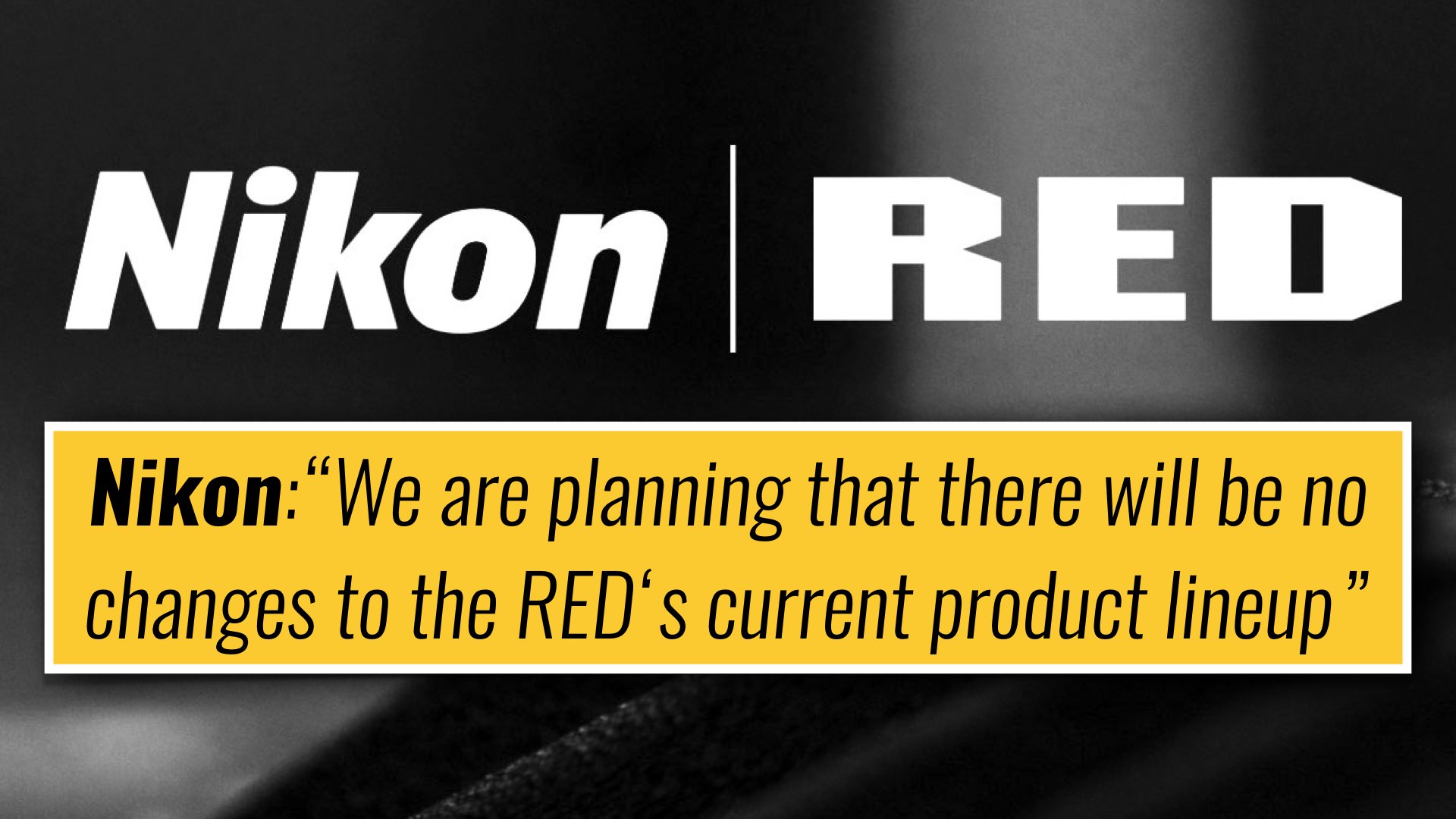
RED = 85 Million USD
Nikon has exposed the numbers behind the RED Digital Cinema acquisition. And the main number is the price: 85 Million USD (¥13,167,000,000). Read Nikon’s statement below:
“We acquired US cinema camera manufacturer RED in April 2024. We aim to expand the fast-growing professional digital cinema market. Under this external environment, based on the medium-term management plan (FY2022 – FY2025) policy, the Group sought to secure stable revenues, diversify/expand customers, and deliver high-value-added services in its main businesses, consisting of the Imaging Products Business and the Precision Equipment Business. In the Imaging Products Business, the Group announced a plan to acquire RED.com, LLC, a US-based company with proprietary customers and technologies in the field of professional digital cinema cameras, and to make it a wholly owned subsidiary. In April 2024, the Group accomplished the plan, thereby having made RED.com a wholly-owned subsidiary and made a big stride toward tapping into the professional digital cinema camera market”.

Reasons for Business Combination
As stated by Nikon: “Since its establishment in 2005, RED has been at the forefront of digital cinema cameras, introducing industry-defining products such as the original RED ONE 4K to the cutting-edge VRAPTOR [X] with its proprietary RAW compression technology. RED’s contributions to the film industry have not only earned it an Academy Award but have also made it the camera of choice for numerous Hollywood productions, celebrated by directors and cinematographers worldwide for its commitment to innovation and image quality optimized for the highest levels of filmmaking and video production. This agreement will merge the strengths of both companies. The Company’s expertise in product development, exceptional reliability, and know-how in image processing, as well as optical technology and user interface along with RED’s knowledge in cinema cameras, including unique image compression technology and color science, will enable the development of distinctive products in the professional digital cinema camera market. The Company and RED will merge the strengths of both companies to expand the fast-growing professional digital cinema camera market while leveraging the business foundations and networks of both companies”.

Final thoughts
This price is a steal. Nikon apparently paid peanuts for purchasing 100% of RED Digital Cinema. That may be even lower than counterattack RED in court in order to deal with the (dismissed) lawsuit. Hence, it’s a no-brainer deal for Nikon.


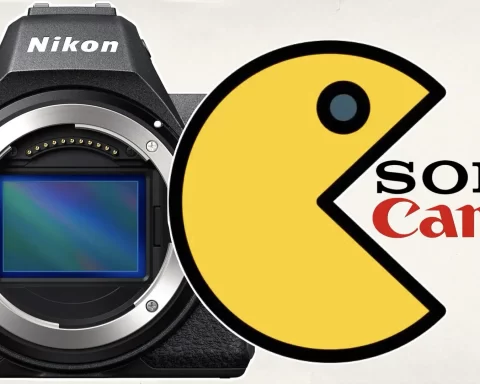
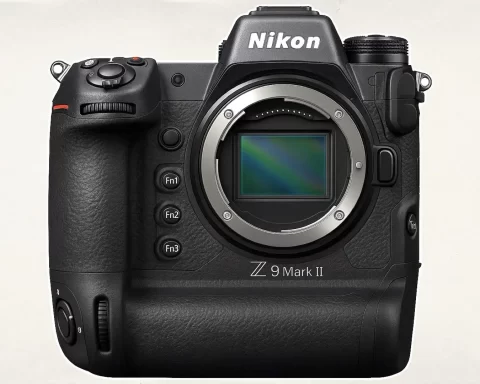
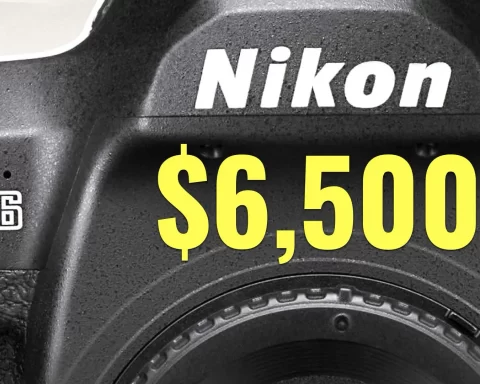
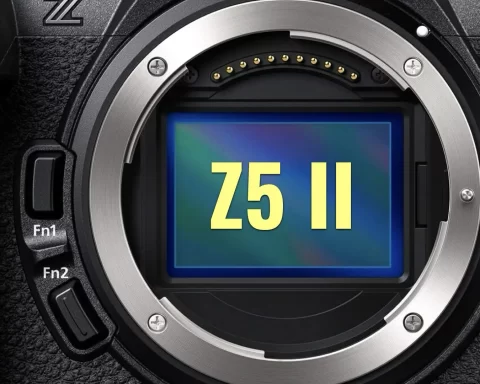
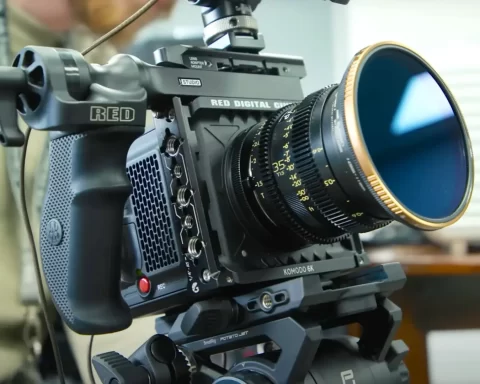
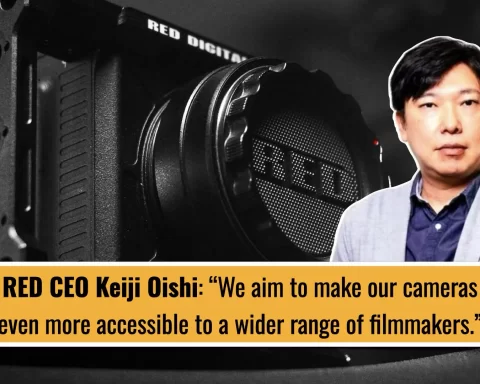

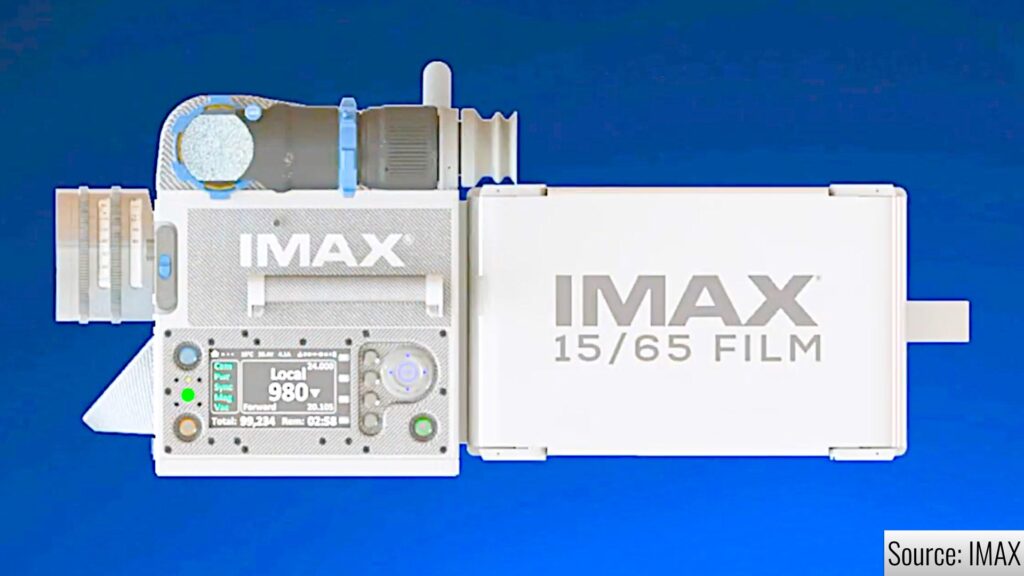
![RED (Nikon) V-Raptor [X] 8K VV is Netflix Approved](https://ymcinema.com/wp-content/uploads/2024/05/red-v-raptor-x-nikon-netflix-approved-1024x576.jpeg)



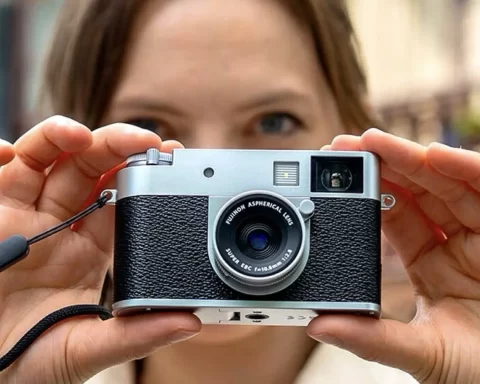

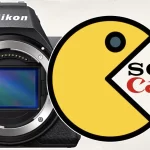
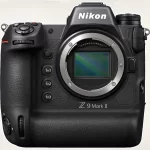
That is a shockingly small number, indicating that RED’s financial was not nearly as strong as I had assumed, or that their patents are not as lucrative as they let on.
Depending on what models and accessories you buy that would be roughly 2000 red cameras. Looks like Nikon won’t need too long to make back their investment to me.
The price of one not too large bridge. If only they had listened and gone the BM pricing route (who could listen) and produced more of the Red One type cameras, which I recommended the spec of decades ago (a spec previously reproduced and published in an open wiki, before Red, by another forum member, and was deleted without our knowledge), and side tracked into competing with mirrorless on compact models. Sony, Panasonic etc could have been threatened. Remember the issues in set. I was not impressed with the first red boxy camera I saw. I totally and completely was not impressed by the colour science up to the helium, was it? I was not sufficiently impressed until maybe hydrogen. I had spotted problems with rendering of face skin tones etc. I had made a lot of suggestions which somehow they tried to implement in mysterious ways without asking for further input, as well as a new way to do low noise low light sensor pad cell design. Probably the only recommendation that was adopted well (in a fashion it was given) was to use the cineform raw technology. That certainly legged up their camera. However, Red claimed ownership over Bayer compressed video technology. However, I was around the day David Newman, of cineform, publicly announced it decades ago. You should do an article on how Red, SI, Drachen, and many other influenced, came about, from the home brew camera threads, and then the DIY Digital Cinema thread, and then the input thread for ideas for a new camera, by a major new player, which I copied my list of a good camera too, which got used on one model. On Dvinfo.net. But things are not the same as written back then, and I haven’t been able to find that thread asking for suggestions, but there would be plenty of Witnesses. You might as well cover the dramatic improvement in compression technology over the last 22 years, and my 5 or so published image break down lists for better quality lossy compression, which was also corresponded with directly to a major player and suggested to another to get a more pro quality codec using well supported consumer compression technology that could be more easily edited real time.
Companies often don’t follow the working out of ideas of others, but get all the glory, like the great beasts they are. I Japan they require to give engineers kudos.